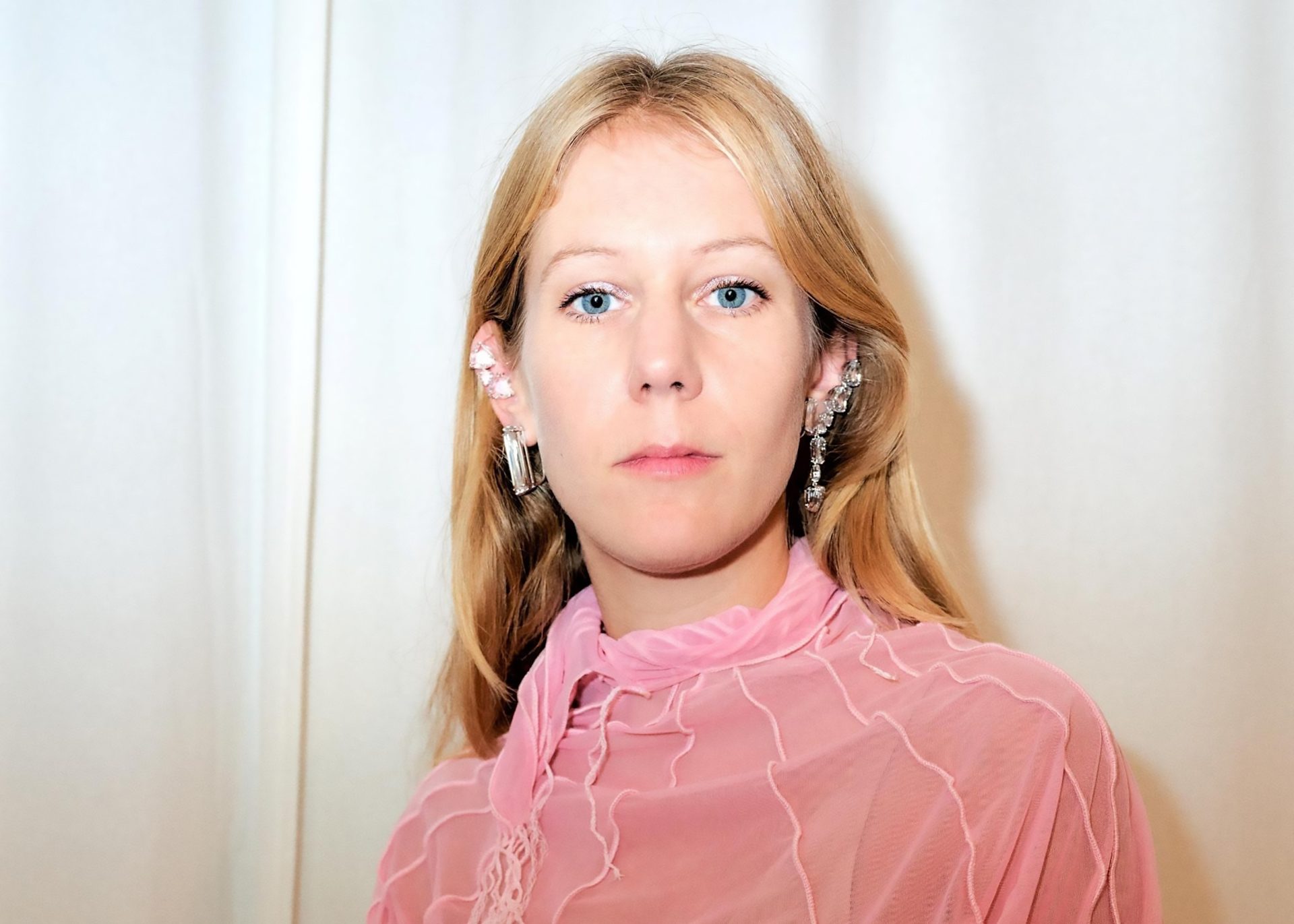In 1989, this famous poster appeared: a billboard for the Public Art Fund in New York, in landscape format with a yellow background. To the left, a naked woman lies on a purple blanket with her back turned to the observer; she wears a gorilla mask seen in profile, teeth bared. To her right in large letters, the poster declares: “Do women have to be naked to get into the Met. Museum?” And beneath it: “Less than 5% of the artists in the Modern Art Sections are women, but 85% of the nudes are female.”
The poster was created by the GUERRILLA GIRLS, who repeated this count and produced new versions of the poster accordingly (including for other museums or art forums, such as music videos) several times over the following decades – with consistently unsatisfactory results. The text on the poster highlights two problems within art: first, the underrepresentation of female artists in museums, galleries, institutions, (solo) exhibitions, etc., and second, the choice of the “naked woman” as a subject dominated by the male gaze and the oppressive nature thereof.
This gaze, this top-down view (characterized primarily by white, heterosexual, cisgender artists from Europe and America) shows the women depicted as sexually available objects – for the pleasure of the male observer. They have been commercialized, made into a product, a commodity.

Guerilla Girls, Guerrilla Girls Talk Back, 1989 © courtesy www.guerrillagirls.com, Image via www.tate.org.uk
The fact that there are so many paintings of unclothed women’s bodies, created in the course of centuries and now hanging prominently in museums, is of course also a consequence of unequal access to teaching, training, and practice. In this area, too, women have long been excluded, while other ideals of womanhood were propagated instead (motherhood, homemaking, subjugation). A not uncommon view was that women were fundamentally incapable of cultural creativity, hampered by both their attachment to nature and lack of any intellectual understanding.
Women, according to the misogynistic and biologically motivated, conservative assessment, were instinctual, sexual (and thus destructive), apolitical, nurturing, familial, sentimental, and of course emotional. Women – and this is important in relation to the afore-said opinion – apparently of their very nature possess those qualities that are conducive towards areas of responsibility that are geared towards the wellbeing of others and subject to lower social esteem. Great art was not one of them. Hence, there is a lack of works to start with.

Paula Modersohn-Becker was part of that first generation of female artists to have access to an art education and is considered one of the first to comprehensively address the female nude. This process of self-reflection was in keeping with the era in which she created her works (Modernism), when the first women’s movements were also starting to criticise biologically based gender theories and question the rigid role models to powerful public effect. There was therefore no shortage of material for conflict in consideration of the female body. Other artists of Modernism, such as Picasso and Renoir, equated painting with sex and thus their artistic, creative process with male, sexual (penetrative) energy, whereby the woman remain powerless and at the artist’s mercy. There was no equal footing on which they could merge. The macho view persisted. It was only a few decades later that there was a debate on consensus.
So, at some point, female artists themselves had to take on the female body, appropriate it as a theme, expose themselves to the contradictions that “femininity” (even today) is subject to, in order to establish an opposing voice. Or perhaps we should call it another perspective. The female body as a marginalized, unfree body became the subject, the motif of female experiences.

For her nudes, painter Modersohn-Becker often chose particular narratives that referred directly to the attributes ascribed to the feminine – a connection with nature, with the child, with domesticity – and thus questioned and exposed them directly. In doing so – and this is particularly interesting – she also selected the self-nude and therefore herself, the female artist, a phenomenon that is in itself impossible according to misogynist logic. In her first self-nude, she shows herself pregnant and thus potent in various ways at the same time.
Modersohn-Becker’s oil paintings therefore (also) depict naked bodies, yet she succeeded in defusing, even omitting, this erotic narrative, the sensual-romantic transfiguration that had been associated with the female nude in art history up to that point. There they sit, stand, and lie, Modersohn-Becker’s women: Sometimes they hold a flower in their hands or a baby; sometimes they look straight at you, inquiringly, almost disarmingly; at other times they smile or appear absent.

There they are, all the identities that have been (and are) ascribed to the female sex, yet here Modersohn-Becker manages not to objectify the women or to trivialize them. It seems rather as if she confronts them (and herself) neutrally, without evaluation. In 1949, long after Paula Modersohn-Becker’s early death, Simone de Beauvoir wrote this defining sentence in “The Second Sex”: “One is not born, but rather becomes, a woman.” Her thesis remains significant, timely, and relevant. Just like the work of the Guerrilla Girls and that of Paula Modersohn-Becker.
One is not born, but rather becomes, a woman.
